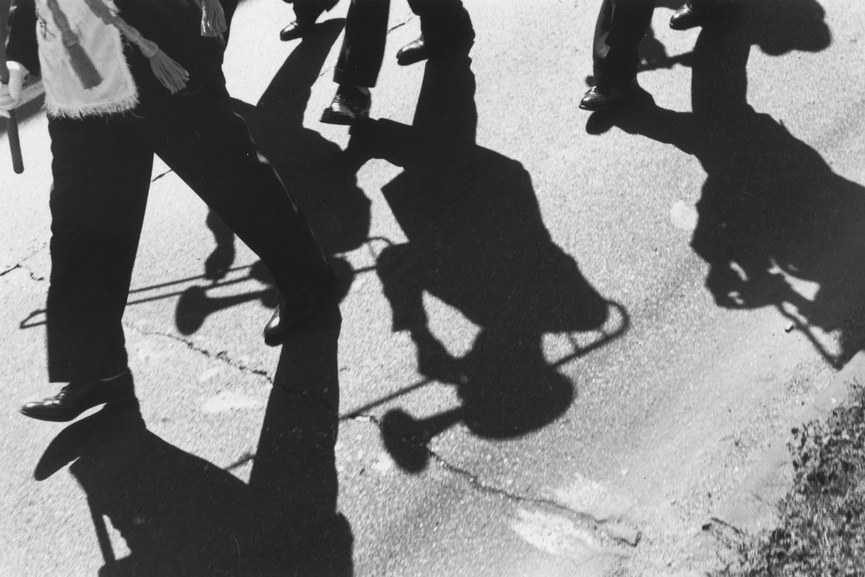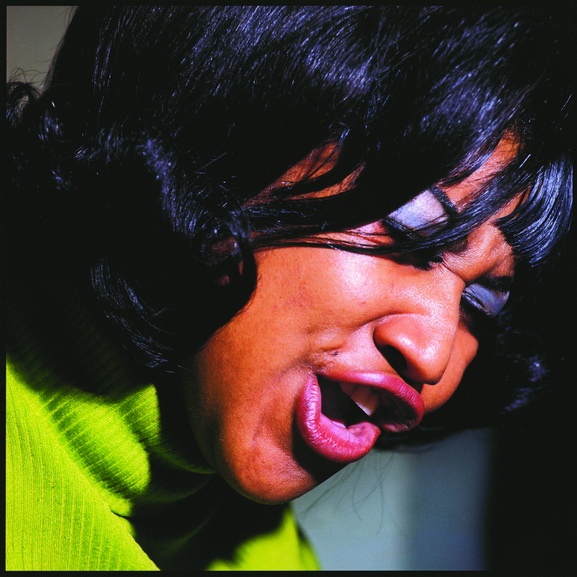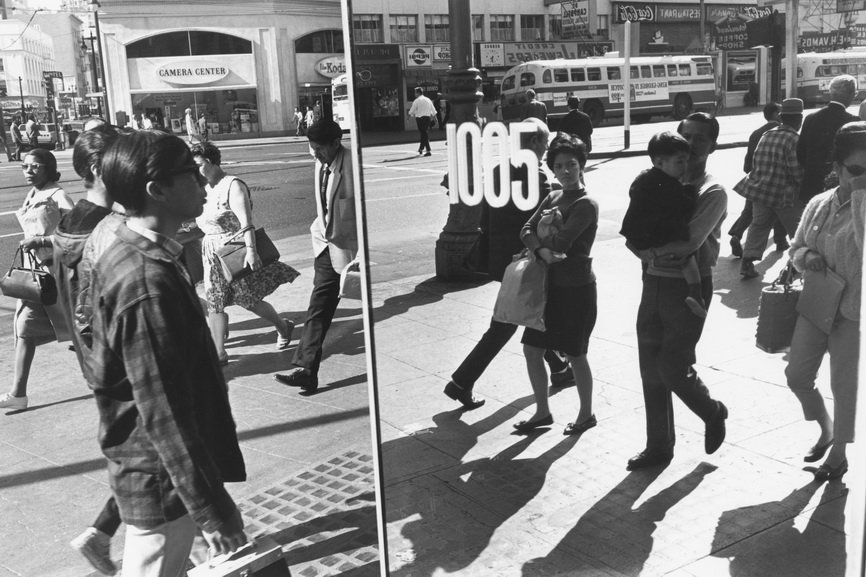Lee Friedlander's Louisiana Roots, Captured Through His Photography of New Orleans
The 1960s and 1970s were the years of momentous happenings on a global scale. Young people started perceiving the world differently and through various spheres, they insisted on their demands for liberated beliefs. Therefore, a large number of artists constructed socially engaged practices, and when it comes to photography one of the most prominent names from that period was Lee Friedlander.
In order to understand his work better, it is important to state that the American society in the post-war period was struggling quite a bit – although promoted as the land of plenty, deployed of any problems, in reality, the situation was completely different. The lives of all the Others were affected by this order (especially the black community) and that was sort of a public secret until the 1950s and 1960s when the situation became unbearable and the people started rebelling.
This outstanding photographer managed to capture superbly the atmosphere of the social struggle by taking photographs of the urban social landscape. In the late 1950s, he visited New Orleans and became a careful observer of the city and the series from that period represent the best his interest in the lives of the local community.
Due to the importance of this particular aspect of Friedlander’s practice the New Orleans Museum of Art decided to organize an exhibition called Lee Friedlander in Louisiana, which is still on display.

The Domains of Lee Friedlander
Lee Friedlander was born in Aberdeen, Washington and studied photography at the Art Center College of Design in Pasadena. After the studies in 1956, he moved to New York and began photographing jazz musicians for record covers. Notable is the influence of Walker Evans and Robert Frank in his early works. The photographer was awarded three Guggenheim Fellowships, a MacArthur Fellowship, grants from the National Endowment for the Arts, and an Infinity Award for Lifetime. In 1985 Playboy magazine published the black and white nude photographs of Madonna from the late 1970s.
Friedlander is known for working mostly with Leica hand-held 35 mm cameras and black-and-white imagery. Throughout the years, his photography style gained the reputation of being devoted to the social landscape, so his works can be perceived as both impressive visual metaphors and engaged and humanistic documents.
The first major retrospective of Friedlander’s work was organized by the Museum of Modern Art and has encompassed a huge number of photographs from the 1950s until the present day, and was repeated at the San Francisco Museum of Modern Art in 2008.

The Magic of New Orleans
Lee Friedlander visited New Orleans for the first time in 1957. During that time he was an employee of Atlantic Records to produce portraits for album covers. The city dazzled him, so he used to visit it very often and has captured crowded streetcars, second line parades, and the evolving architecture of downtown.
Friedlander was very much into reflections and shadows which transformed people depicted on his photographs, and that is why New Orleans images are so powerful and suggestive.
The selection encompasses captivating photographs of jazz musicians, monuments, and street life of New Orleans and demonstrate perfectly how the city of Louisiana has been central motif in the photographic practice of one of the most influential American photographers.
Susan Taylor, NOMA’s Montine McDaniel Freeman Director, said:
As an artist whose images straddle the border of art and document, Friedlander was uniquely positioned to preserve the social and visual phenomena of New Orleans, creating a varied body of work that is as humanistic as it is artistic.

Lee Friedlander in Louisiana at NOMA Museum
It is important to point out that this exhibition is important in a broader context since this art figure has largely contributed to the field of photography, music, and history. The way he saw American society was rather critical, so it is not strange that Friedlander is still being celebrated as a meticulous analytic of social and political circumstances of the local context.
Lee Friedlander in Louisiana at NOMA is precedent due to the fact that this practically the first institution to examine the importance of Friedlander’s work in New Orleans. The exhibition was followed by a number of programs including guided curatorial tours, talks, artist perspectives, and the audience will be able to see it until 12 August 2018.
Featured images: Lee Friedlander - Lafayette, Louisiana, 1968. Gelatin silver print. Courtesy of the artist and Fraenkel Gallery, San Francisco; New Orleans, Louisiana, 1958. Gelatin silver print. Private Collection, San Francisco. All images courtesy NOMA Museum.
Can We Help?
Have a question or a technical issue? Want to learn more about our services to art dealers? Let us know and you'll hear from us within the next 24 hours.
